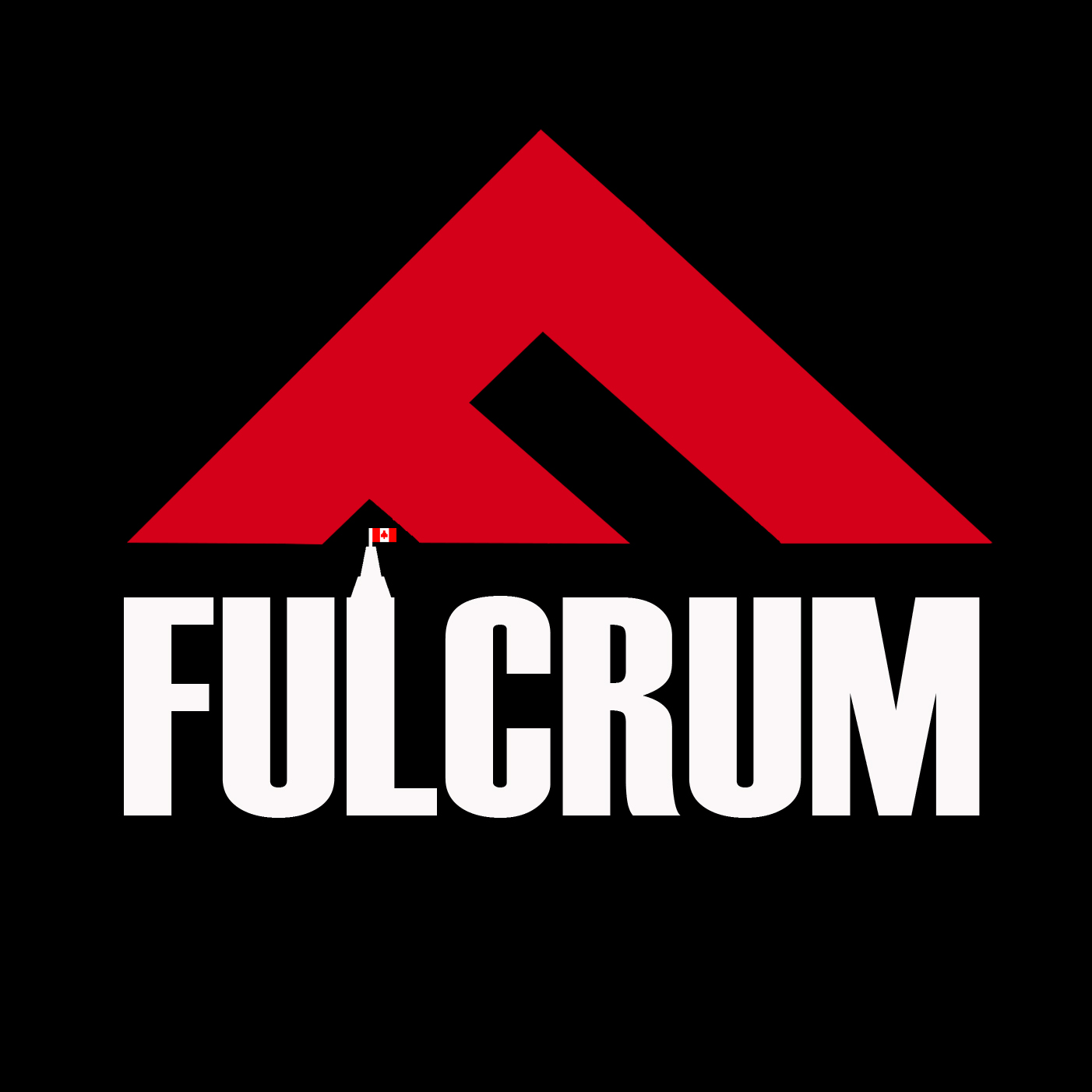 Participation at an all-time high
Participation at an all-time high
MEET SHANE MACKENZIE, leader of the Ideological Pragmatist Party and a prime minister who likes to dream big. As stated in his party’s platform, “This party looks at big moments in Canadian history and says, ‘Yeah
we could do that, but bigger.’” On Jan. 20–22, the Ideological Pragmatist and four other parties will be sitting in the Parliamentary Senate Chamber for the 11th official U of O Model Parliament, organized by the Political, International, and Development Studies Student Association (PIDSSA).
Model Parliament seeks to recreate what usually takes place in the House of Commons. Participants will be debating bills and motions, holding question period, and sitting in caucus meetings.
“It’s a great event to give students an understanding of what really goes on in Parliament,” said Elliott Lockington, PIDSSA vp academic affairs and organizer of Model Parliament. “They can really learn to appreciate the hard work the members of the House are doing.”
This year, all 108 seats in the Senate Chamber were taken within record time—72 hours after registration opened. Lockington said the interest in Model Parliament grew significantly. So many students signed up that a waiting list had to be created.
“We’re limited by the number of seats in the Senate, so we can only have 108 participants,” he said. “Usually it takes quite a few weeks [to fill the seats up]. In the week following registration we had up to 175 people who signed up for [the waiting list].”
Although nine parties were registered originally, organizers had to narrow the number down to five.
“When the people put together their political parties, they had to come up with platform ideas, general foundation of what the party was about, and that was all done online,” he explained.
The parties’ roles in the House were determined by the amount of members in each party, making the Ideological Pragmatists the governing party and the Atlantic Alliance the Official Opposition.
It’s MacKenzie’s second year in Model Parliament. He was initially swayed to join by a friend.
“I thought, ‘Hey, of course I want to do this,’ I liked the party and we all got to wear suits and, you know, go into the Senate,” MacKenzie said. “It was a great experience my first year.
“Everybody gets so into it—it’s sort of a whole other universe,” he said about Model Parliament. “You immerse yourself into it so deeply.”
MacKenzie explained a lot of acting and characterization is involved in the event—participants live out their characters in real life and through social media.
“We make sure to distinctly differentiate who we are, who our party is, and what we actually believe,” he said. “It’s sort of a whole dramatic universe. If anyone’s done acting, it’s the best play that ever went on.
“There’s a huge Twitter element to Model Parliament that’s emerged over the past two years,” he added. “Everybody creates a fake Twitter profile and uses it as a member of Parliament. There’s a gossip channel on Twitter, there are standardized news updates.”
Lockington said the support from the political community has been immense. Liberal Senator Jim Munson allowed PIDSSA to use the Senate Chamber on his behalf and past Model Parliament participants helped organize it.
“It’s a great initiative to build within the political community,” Lockington said. “Students love it.”
—Jane Lytvynenko
WHAT ARE THE Model Parliament parties and platforms? The Fulcrum summarized the main points below.
The Blue Party
The Blue party is left-wing oriented and claims to have the people’s interests in mind. The party will oversee the economy, businesses, and industries while investing in sustainable development, research, and culture. The Blues also believe in a decentralized system of government.
Atlantic Alliance (AA)
The Atlantic Alliance is campaigning for a 12-step program, which would empower provinces and support cultural development. AA consists of members with experience with other parties and seeks to rehabilitate the country from the previous model governments’ mistakes.
Canadian Employment Coalition (CEC)
CEC’s primary focus is to create stable jobs for Canadians by improving partnerships between the private and public sector. The party believes this will help strengthen the economy and provide a higher quality of life for Canadians. Additionally, CEC will decrease taxes for small businesses, remove job-killing technology, invest into infrastructure, and work with the provinces to ensure their goals are met.
The Ideological Pragmatist Party
The Ideological Pragmatist Party focuses on how to improve the lives of Canadians in a big way. The party doesn’t recognize small or partisan ideas—saying “Like Canada, we’re a big party”—claiming to be full of large ideas for the country. For the Ideological Pragmatist Party, size is what matters.
Utopian Libertarians of Canada (ULOC)
The ULOC seek to make Canada environmentally sustainable by promoting and implementing green initiatives. The party will also encourage citizens to buy locally, thus stabilizing the Canadian economy and markets.






